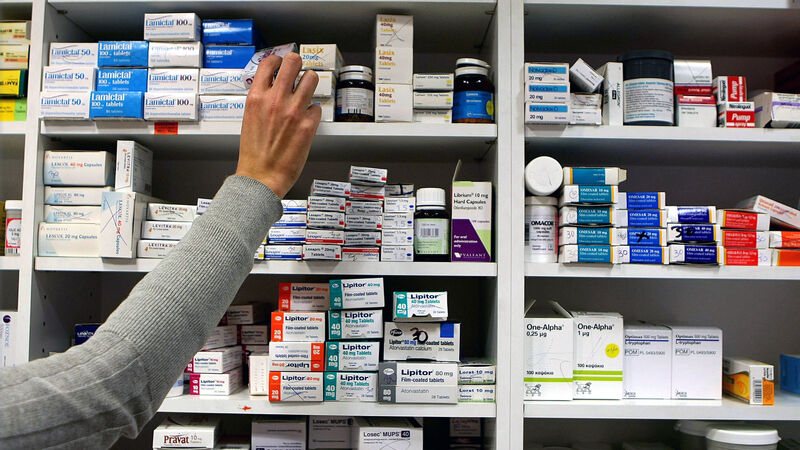Pharmacists consider leaving the profession amid high levels of burnout

Asked about future plans, 27% of pharmacists indicated “a likelihood of leaving the profession” while 51% said they are likely to leave their current role in the future.
The first report of its kind on the pharmacy profession has found a quarter of pharmacists are likely to leave the industry completely amid high levels of burnout.
Challenges described include being unable to find cover for absences due to staff shortages, although the report also shows the highest number of registered pharmacists ever in Ireland at over 7,200.
These challenges have direct implications for customers, according to the Workforce Intelligence Report, published on Monday by the regulator the Pharmaceutical Society of Ireland.
It found there has been a significant fall-off in pharmacy hours over the weekend compared to weekdays.
It shows almost 18,000 pharmacy hours available on each weekday, but this drops to around 14,000 on Saturdays and less than 4,000 hours on Sundays around the country.
Asked about future plans, 27% of pharmacists indicated “a likelihood of leaving the profession” while 51% said they are likely to leave their current role in the future.
The report found 73% of pharmacists in the community have experienced burnout and some 57% of hospital pharmacists.
Among those working in the community, 47% said they rarely or never work alongside another pharmacist. In this group only 29% said they get protected time for a lunch break.
They spoke of isolation, and said they cannot leave the pharmacy during the day because of a legislative requirement to always have a pharmacist on site.
Among hospital pharmacists, 81% said they “rarely or never” work with another pharmacist. Among their main stressors were potential pharmacy error causing a negative impact for patients, and working in cramped work spaces.
In discussing staffing numbers, 57% of community respondents and 78% of hospital respondents did not believe they have enough staff.
These shortages are leading to many pharmacists finding it challenging to take annual leave or find replacement staff for absences.
Almost half of community respondents (47%) indicated they rarely or never work beside another pharmacist, compared with 81% of hospital respondents.
However, despite these challenges, over 90% of respondents said they could have capacity for “an increased scope of practice”.
In recent weeks pharmacists have asked to be included in the Government scheme offering free contraception to young women. The industry has argued they could dispense this without a GP prescription in the same way they dispense emergency contraception – the morning-after pill.
The PSI found the workforce is 65% female and 35% male with an overall average age of 40.25 years
The report, launched today by the secretary general of the health department Robert Watt, also recommends investment and more focus on e-health systems for pharmacies.
Until April 2020, a prescription in paper form was required to legally dispense medication, but this was changed under emergency legislation as part of the response to the covid pandemic. Prescriptions can now be transferred using the Healthmail emailing system, and the report notes " a significant rise" in its use.
However, it found “considerable variation” between the systems available, with no validation or certification of software systems used.
It also found “the level of digitalisation and access to electronic patient records vastly differs from hospital to hospital” and “significant discrepancies” between public and private settings.
The report makes a number of recommendations. Among them, is that the role of a Chief Pharmaceutical Officer should be created to act on behalf of the sector.













